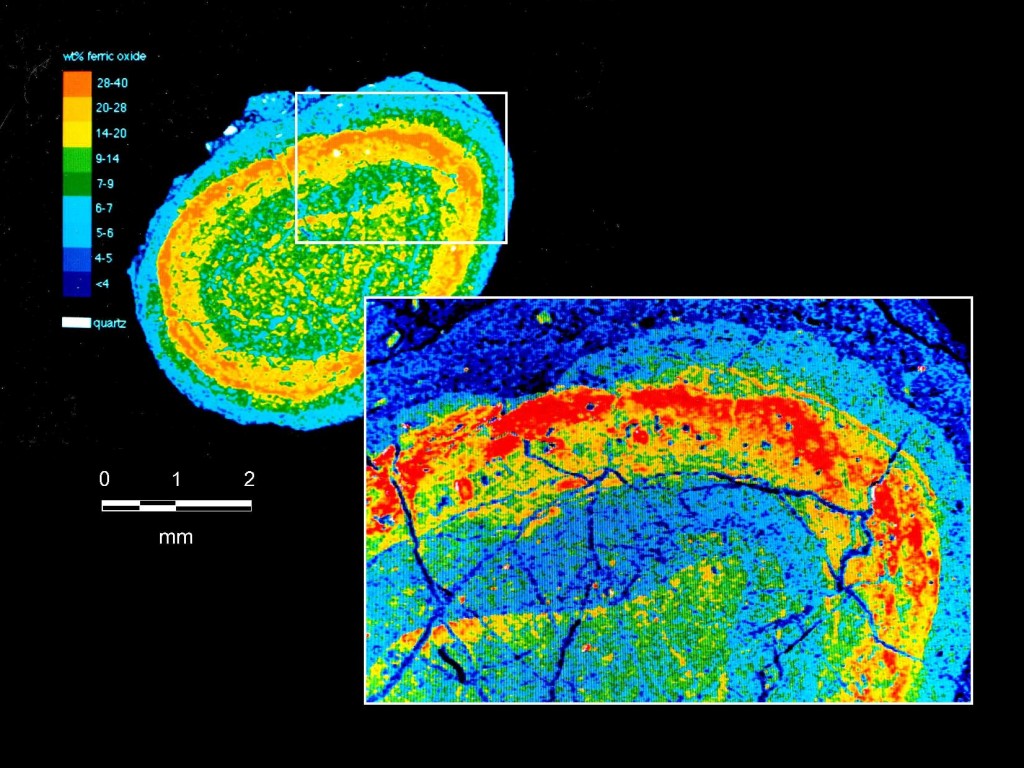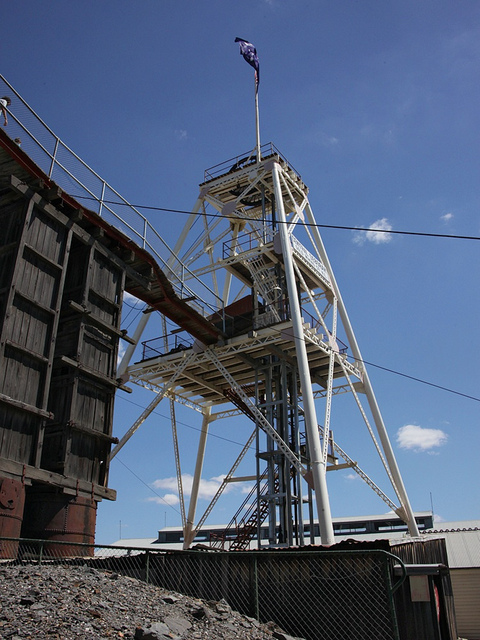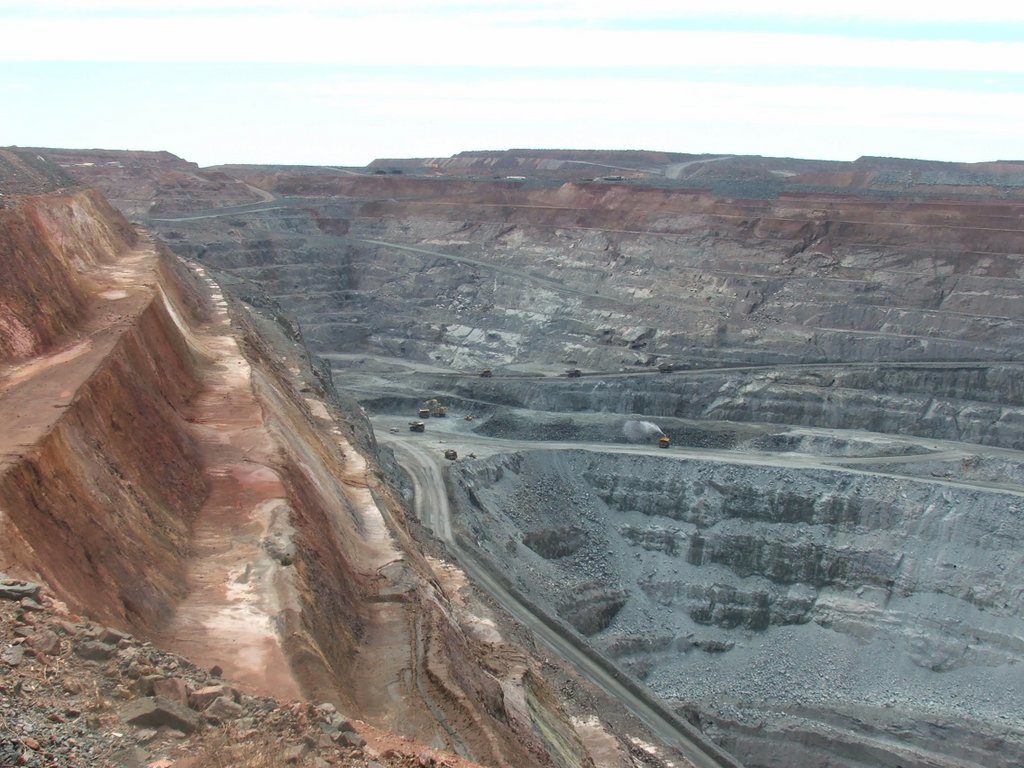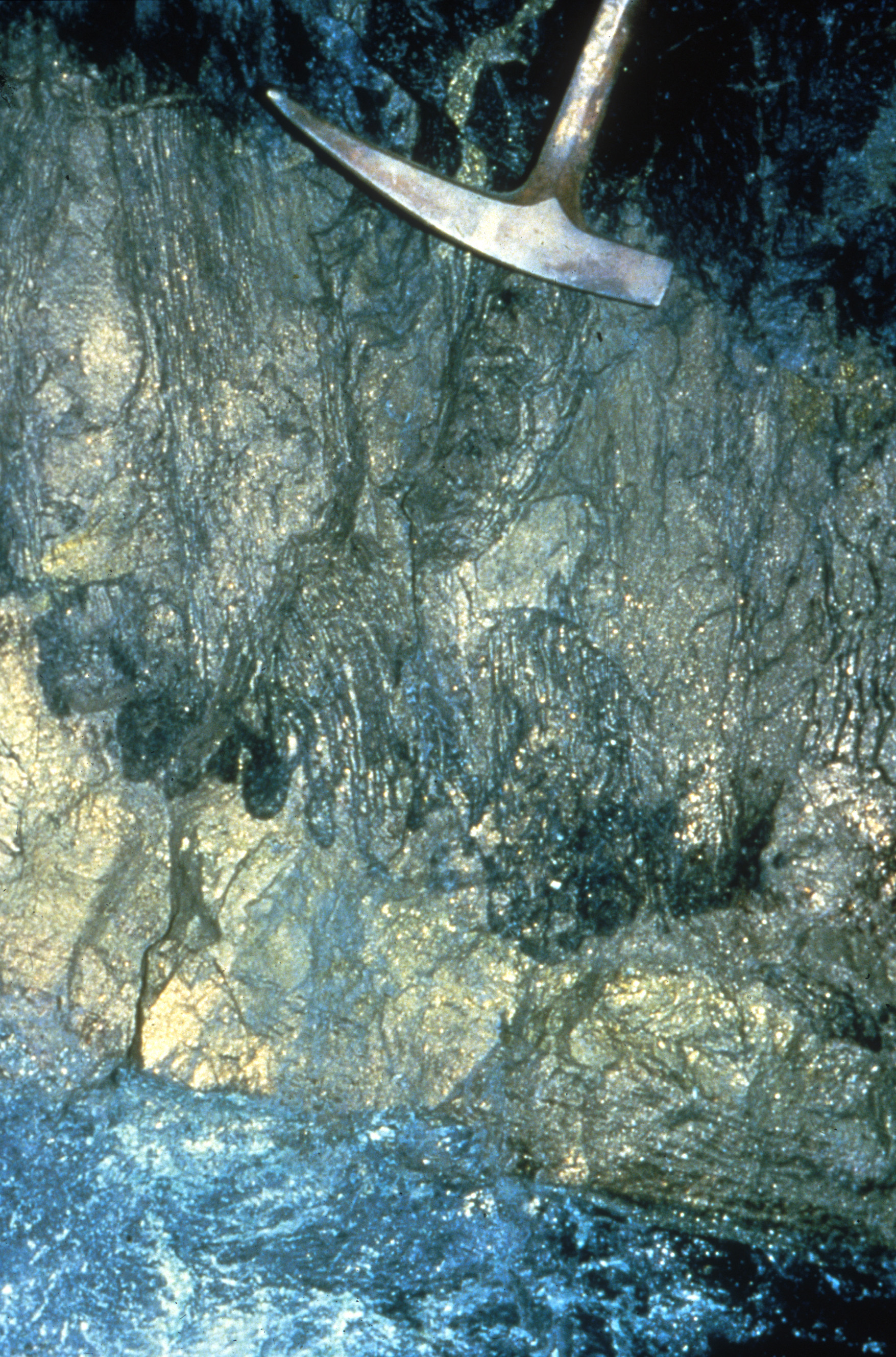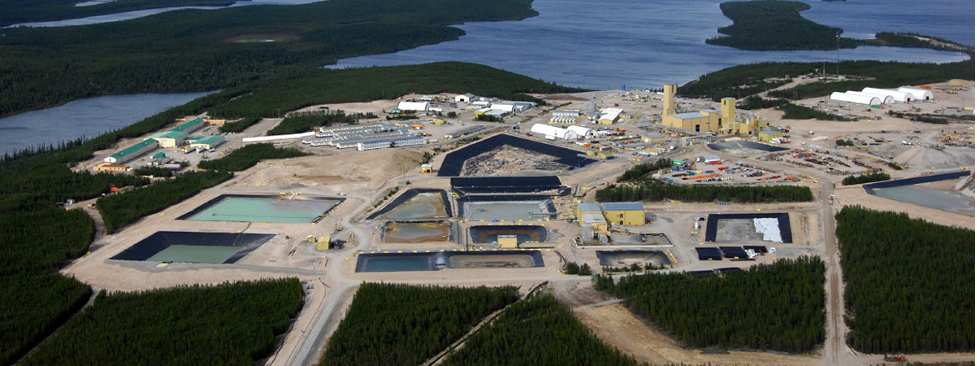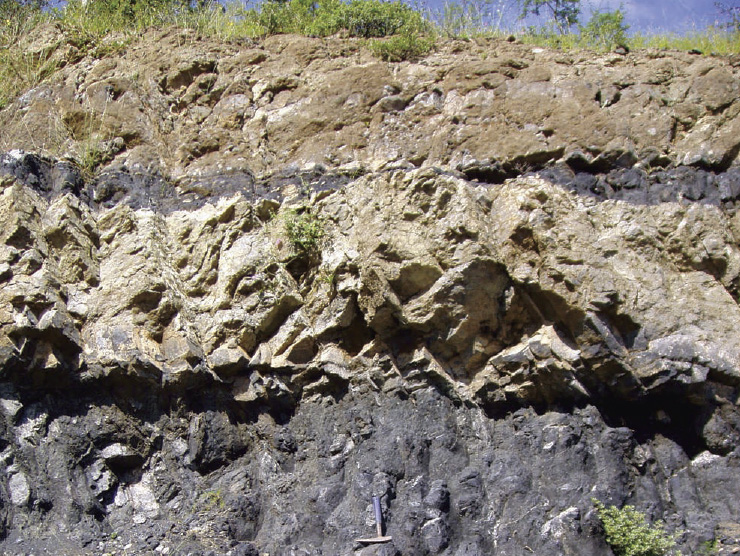Introduction
MMG’s Dugald River project might become more profitable with the expected increase in base metal prices as pandemic restrictions ease. As a major global zinc producer, MMG appears to be well situated, but to provide a sense of the long- and short-term potential, we break down the details about the Dugald River Project below.
Project Overview
The Dugald River Zinc Project is currently one of the world’s top 10 zinc operations, located about 65 km north-west of Cloncurry in Queensland, Australia. The deposit is mined underground using diamond drilling methods and the concentrates are treated on-site before they are shipped by rail from Cloncurry to the Port of Townsville. In 2020 alone, MMG produced 152,500 tonnes of zinc, 23,000 tonnes of lead and 1.58 million ounces of silver from the Dugald River Zinc mine. As of the June 2020, MMG reported the Dugald River Project contained 86.8 million tonnes of resources, 13.5 Mt of which are measured, 19.8 Mt are indicated, and 53.5 Mt are inferred. The mine is expected to operate for over 20 years, mining an average of 1.7 Mt of ore per year and producing about 170-180 kt of zinc concentrate.
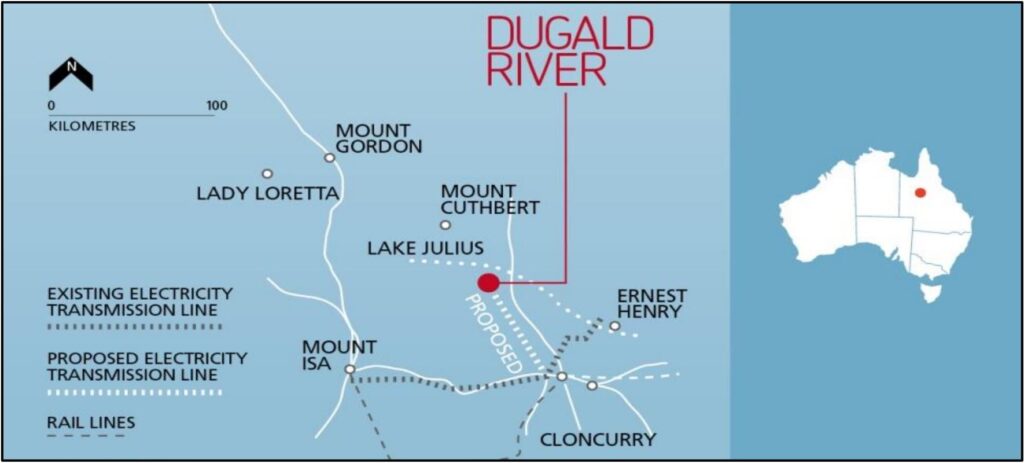
History
The project’s history dates to the first observation of the deposit’s surface evidence in 1881. The deposit was largely neglected until about 1948 when Zinc Corporation (antecedent company of Conzinc Riotinto of Australia Ltd., now Rio Tinto Corporation) began systematic exploration of the deposit. Due to low base metal prices, however, the deposit was left undeveloped. The deposit was explored again in the 1990s by CRA and Pasminco Ltd., but the deposit was left undeveloped still. Then, in 2004 Zinifex Ltd. (which later merged with Oxiana Ltd. to become OZ Minerals in 2008) acquired the project from Pasminco and completed a preliminary feasibility study in 2006.
The project was acquired by MMG Ltd. in 2009 as part of an acquisition of the majority of OZ Minerals assets. It was later approved in 2012 with a technical risk mitigation program. A mining method review in 2013 recommended a trial stoping program to determine the risks of mining and how they could be mitigated, which commenced in early 2014. Development of the mine site followed and on November 8, 2017, MMG shipped its first finished Zn concentrate from Dugald River ahead of schedule and under budget.
Geology
Regional Geology
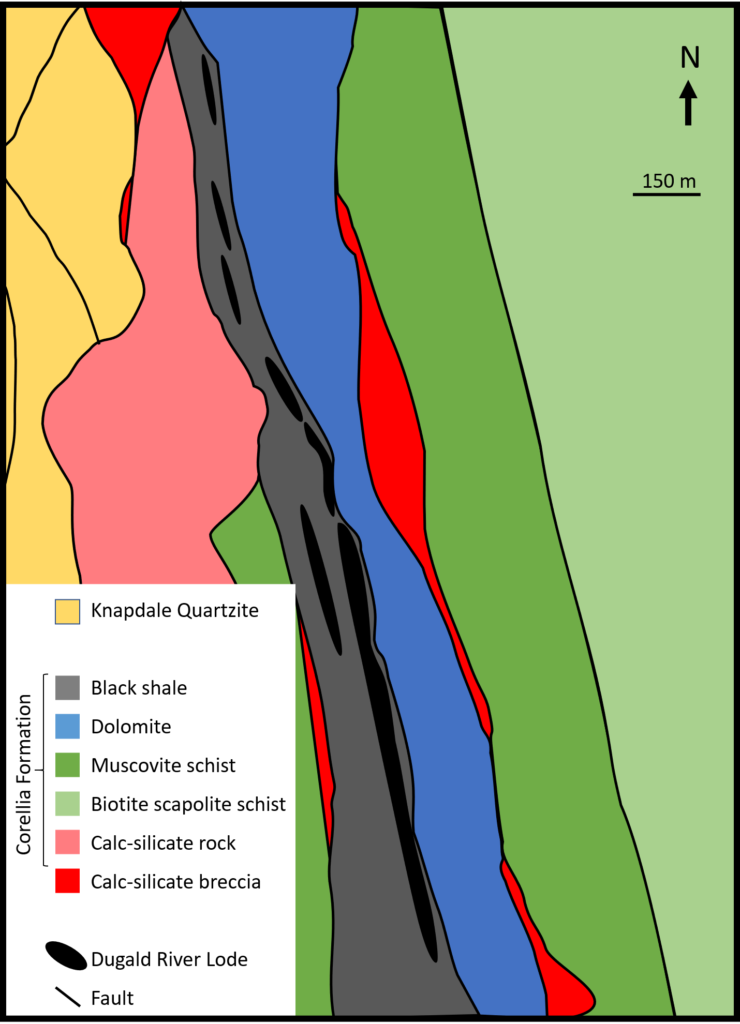
The Dugald River deposit is located within the eastern fold belt of the Proterozoic Mount Isa Inlier. The deposit is hosted mainly by the Dugald River slates, and it is expressed on the surface as an 8 to 20 m wide gossan extending 2500 m along the strike of the regional deformation. A gossan is the result of the oxidation of sulfide orebodies, appearing as a red stain against the surrounding rock or soil. Regional deformation and metamorphism were caused by the Isan orogeny about 1584 million years ago.
Deposit Type
The Dugald River Zinc deposit is a sedimentary exhalative (SEDEX) deposit. SEDEX deposits are orebodies of galena and sphalerite with some copper and silver mineralization hosted in black shale and/or carbonate. These deposits get their name from their formation; metal-rich, low temperature (~200 °C) hydrothermal fluids are exhaled or vented into a sedimentary basin in continental rifts, usually in response to tectonic events where these dense sulfide minerals sink and accumulate between thin layers of marine sediments in the base of sedimentary basins (for more information, see Geology for Investors: SEDEX deposits).
Numerous deposit types exist within the SEDEX deposit class. In the Mt. Isa Inlier, two types of SEDEX deposits occur: Broken Hill Type (BHT) and Mt. Isa Type (MIT). BHT deposits form from H2S-bearing, metalliferous brines with higher temperatures than other SEDEX deposit types. These fluids typically react with juvenile crust before interacting with cold fluids.
MIT deposits are associated with the migration of oxidised, metalliferous, SO4-bearing basin brines that evolved through their interaction with reduced carbonaceous and calcareous muds. Researchers have noted the Dugald River deposit exhibits a Pb isotopic signal that is between that of MIT and BHT deposits in the area, which suggests it formed by the mixing of the metal-bearing fluids from both these types of fluids.
Mineralization
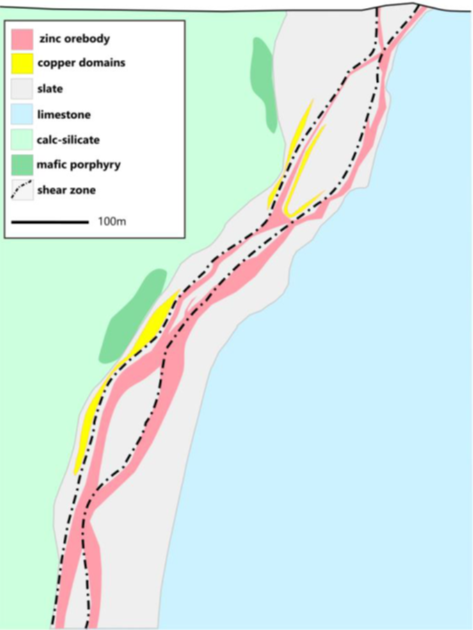
The Dugald River deposit includes two separate orebodies: the Dugald River Main Lode and the Western Lode, both of which are hosted within the black slates and limestone. Only the main lode is economic. The deposit is a tabular orebody that dips between 45-85°, ranges between 1-35 m in thickness and continues up to about 1.4 km down-dip. Drill core results have indicated the deposit conforms to the stratigraphy of the host rock, but ore grade contours indicate the orebody is slightly discordant.
Mineralization occurs as sphalerite, iron sulfides and galena with minor arsenopyrite, chalcopyrite, tetrahedrite (copper, iron, antimony sulfide), pyragyrite (silver, antimony sulfide) and alabandite (Manganese sulfide) Three different ore types have been identified according to mineralization textures:
- Breccia ore is the dominant mineralization style and consists of round to irregular fragments of black slates, pyrite crystals and early quartz veins in the sulphide matrix. This mineralization is typical in the central part of the lode and forms the core of the deposit.
- Laminated consists of thin layers of fine-grained quartz, muscovite and sulphide This occurs most in the northern part of the orebody.
- Crosscutting vein ore occurs with an obvious cross-cutting relationship to the main foliation in the host rock and is often confined close to the breccia ore.
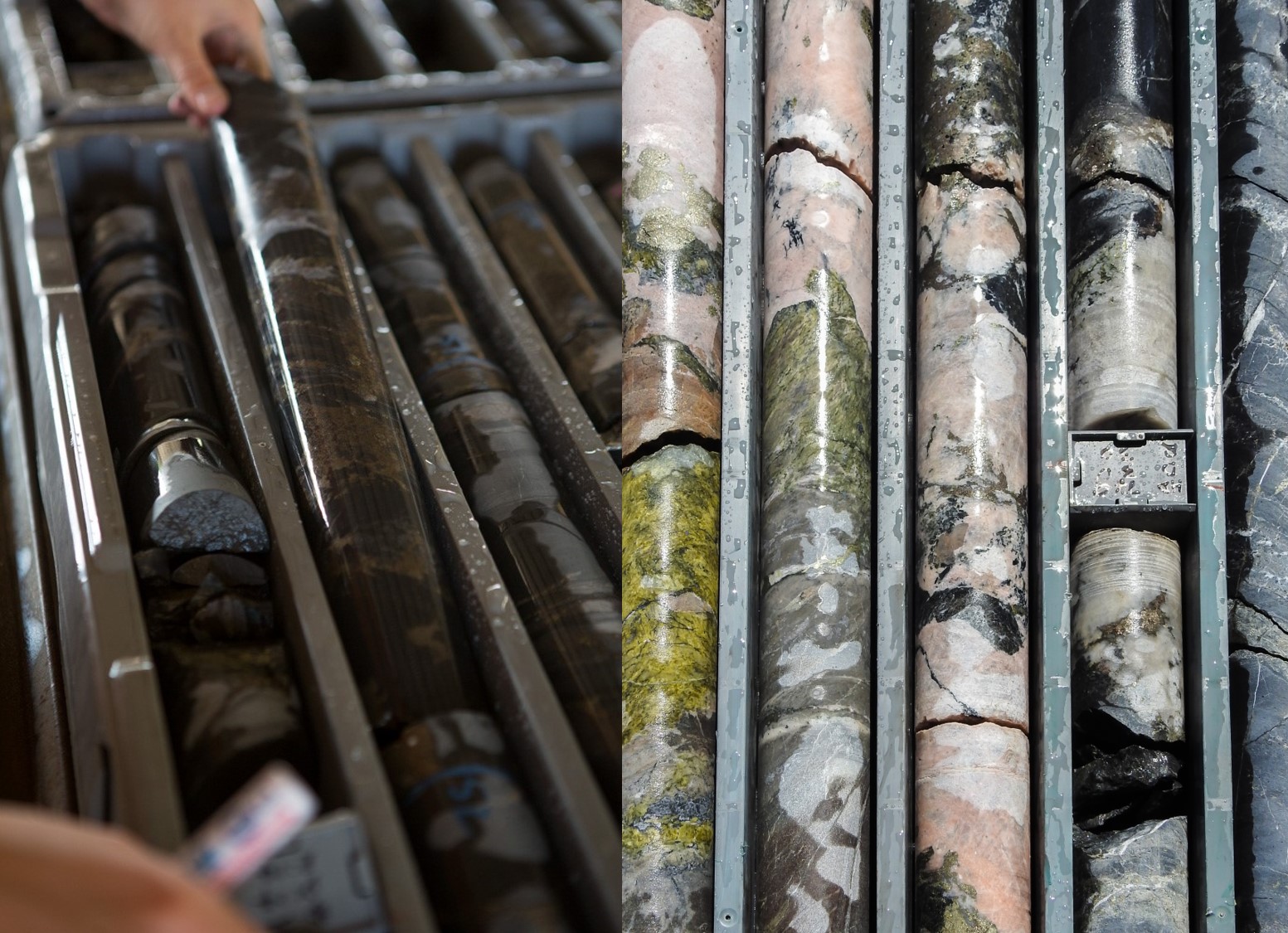
Future Outlook/Investor Takeaways
Most people are likely familiar with the main use for zinc: to protect iron and steel from corrosion. The metal is also used in batteries and to make numerous alloys with a wide variety of uses, although the most familiar of these is brass. About a quarter of zinc is used in compounds, such as catalysts, fire retardants, luminescent pigments and fungicide among many other applications.
Lead, on the other hand, is known for being a very dense metal used in car batteries. However, there are a wide variety of applications for lead, including construction, plumbing, bullets, weights, and radiation shielding, to name a few.


The pandemic has disrupted mining and metal prices globally. With the gradual return to normalcy, lumber prices have increased sharply in many places in response to the rapidly increasing demand. However, supply is still depressed by pandemic restrictions. Seeing these price increases, it seems logical to expect an increase in base metal prices. The Northern Miner published an article that highlighted this trend: as restrictions ease, governments are expected to increase their investments in infrastructure projects. The expected result is a surge in base metal prices this year. As one of the top ten zinc producers in the world, MMG is well-positioned for a future construction and infrastructure boom.
Companies mentioned
Resources
- The Northern Miner: Base metal prices expected to increase post-pandemic (pdf)
- Overview of the project by MMG (website)
- Overview of the project by MDO (website)
- Overview by PorterGeo (website)
- Southgate et al. 2013 – Mt. Isa Inlier depositional systems and implications for Zn-Pb-Ag mineralization. (pdf)
- Cooke et al., 2000 – Importance of Oxidized Brines for the Formation of Australian Sedex Deposits (pdf)
- Sangster, 2020 – Evidence that Broken Hill-type Pb-Zn deposits are metamorphosed SEDEX deposits (pdf)
- Xu, 1998 – sulfide mineral geochemistry at Dugald River (pdf)
- Dixon and Davidson, 1996 – Stable isotope study of Dugald River. (pdf)
- Stoping study (pdf)
- Understanding ore body (pdf)
- MMG mineral resources and ore reserves statement 2020 (pdf)
- MMG first quarter report for 2021 (pdf)
- MMG annual report 2020 (pdf)
- MMG Dugald River project report 2017 (pdf)
- Statistica: global lead use (pdf)
- Statistica: global zinc use (pdf)

